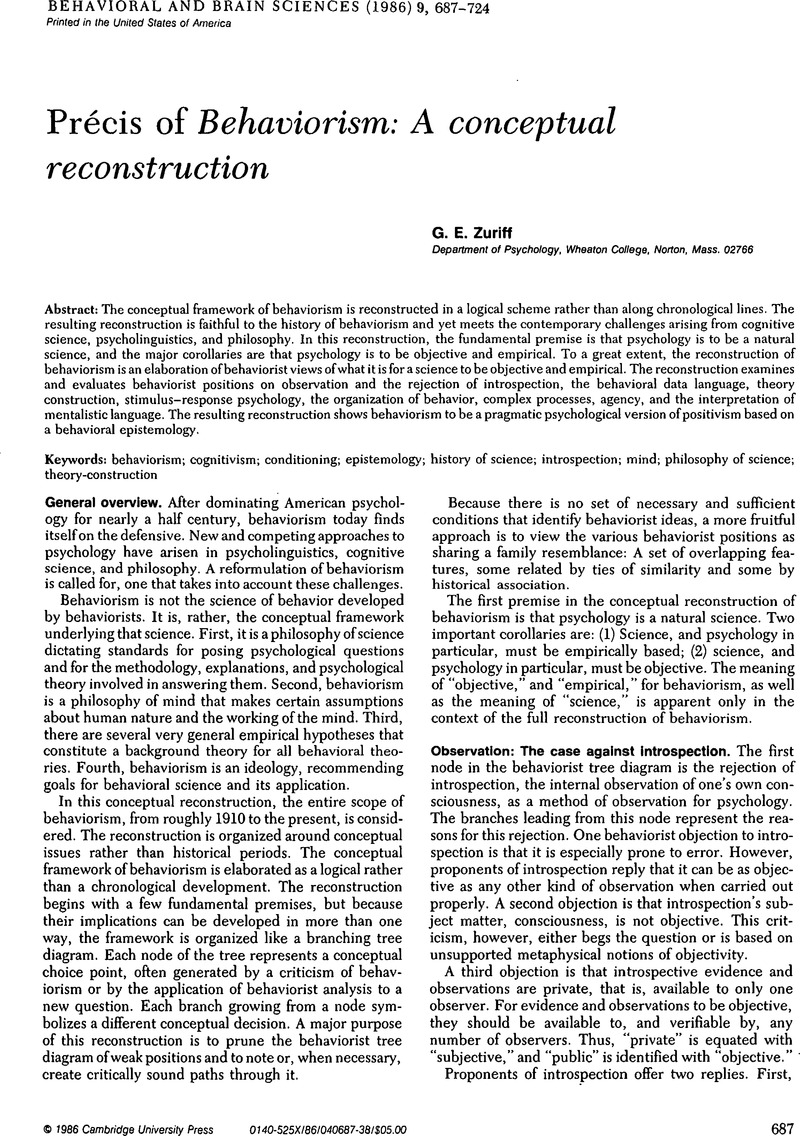Crossref Citations
This article has been cited by the following publications. This list is generated based on data provided by Crossref.
Kurthen, Martin
1989.
Indeterminiertheit, Iterabilität und Intentionalität.
Zeitschrift für allgemeine Wissenschaftstheorie,
Vol. 20,
Issue. 1,
p.
54.



